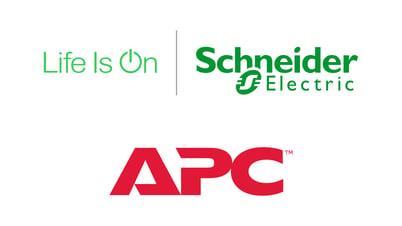Focusing on Education infrastructure is more important now than ever, particularly because of a higher demand for edge computing. That's why APC is helping us dedicate this Summer to our customers, who are currently aiming to update the IT infrastructure in their schools.

The 21st-century hybrid classroom: What is it?
Over the past few years, unpredictable, environmental factors have prompted schools to re-imagine their previous workspaces. Public health crises, dangerous weather conditions and situations of inaccessibility have caused households to seek standardized Education individually, outside of the classroom. Teachers, administrators and staff have since turned to virtual solutions to meet students exactly where they are. Thus, the hybrid classroom was born.
Effective Online Education tools include:
Additional resources in demand for hybrid learning:
IT Challenges of the Hybrid Classroom
Each passing academic year has brought a larger demand for technology and IT infrastructure. Counties are more often than not becoming required to offer mandatory, standardized tests online, therefore encouraging schools to provide each and every student with a reliable connected device and Internet access.
This quick turnaround is introducing challenges to system administrators, such as little training, insufficient bandwidth and primitive management tools. In some cases, poor user experience can result in diminished student learning.
To avoid any further complications, school buildings must develop a stronger physical infrastructure. There are two things required to support the up-and-coming hybrid learning model and its large number of connected devices: IT system resiliency and high availability.
What Does the Perfect Hybrid Classroom Require?
- Bolstered Bandwidth and Reliability
- Remote Monitoring: Availability to IT Systems
- Life Cycle Approach: Housing and Protecting Network Equipment
Bandwidth and Reliability
A robust online platform should have bolstered bandwidth and high availability to IT Systems. Some governments will help subsidize the cost to increase overall bandwidth and reliability, which could help provide a welcome relief to your school. In the United States, for example, the federal E-rate program reimburses up to 90% of the services and infrastructure related to provide Internet and telecommunications services.
Remote Monitoring
Remote monitoring of server room power, wiring closet networking equipment and cooling and computer equipment can help do this. By enabling remote visibility to the server room equipment, systems administrators monitor equipment performance and proactively identify any behavioral issues that might require maintenance later.
- Alarm management
- Remote troubleshooting
- Online chat
- Dispatch service engineer
- Incident tracking

Life Cycle Approach
According to UN Environmental Protection, the life cycle approach identifies both the opportunity and risk of your product or technology, all the way from its raw materials to its disposal. You can also utilize this approach when updating your Education Data Center by properly housing and better protecting your network gear. This will ensure your equipment stays alive and well during the event of a power disruption or similar.
Solutions designed for Education Data Centers:
To learn best practices on how to ensure technology availability, contact your local Accu-Tech Representative, or visit APC vendor page here.




.png?width=58&height=58&name=X_logo_2023_(white).png)
